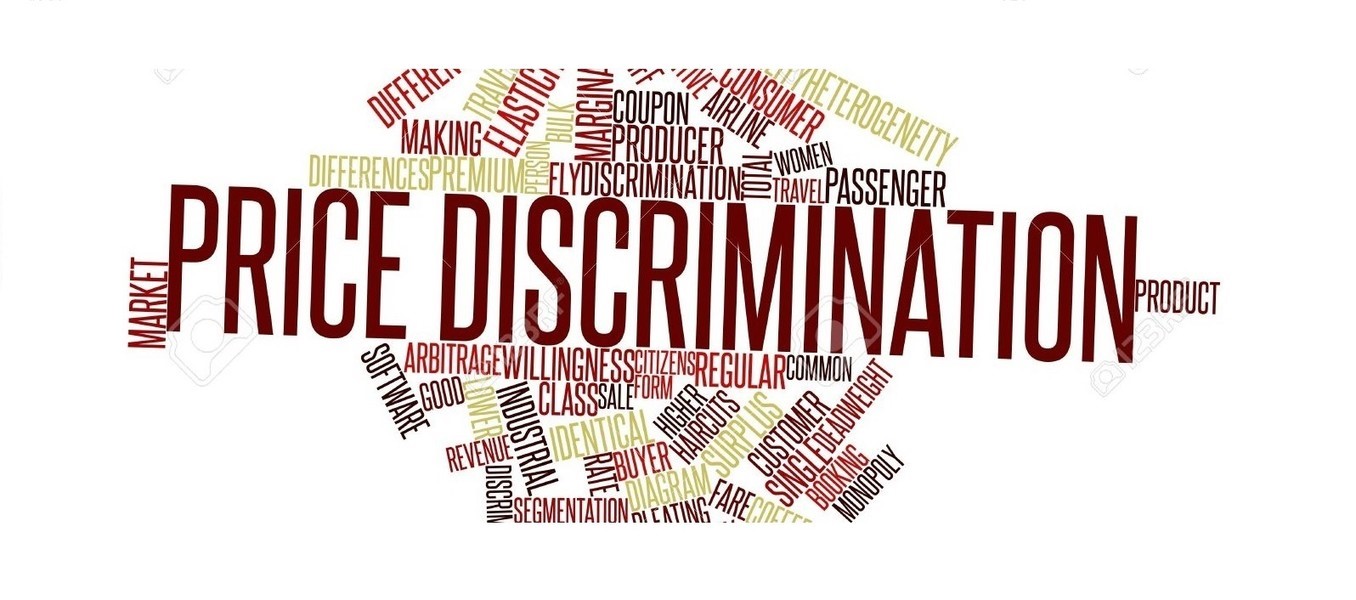Dual Pricing using Self-Selection
 PriceBeam
·
1 minute read
PriceBeam
·
1 minute read

Dual pricing is often used by companies to penetrate foreign markets by offering extraordinarily low prices, but it can also be used by companies to engage in price discrimination. One such example is Myanmar that double their airfares to foreigners as these typically are tourists with substantially higher purchase power than locals.
While Myanmar’s dual pricing is clearly discriminatory, one way of going about this practice is offering two slightly different products. Consider an airline that wants to target two types of customers:
Customer 1: A businessman whose travel expenses are covered by his employer. He cares mostly about convenience and is not very price sensitive (that is, his willingness-to-pay is very high). From its customer research, the airline knows this customer type typically goes on trips for 3 days or less.
Customer 2: A beach bum who wants to go surfing. He’s young, his willingness-to-pay is low and price is all he cares about. He doesn’t have a job or family that he needs to tend to, so he doesn’t care about the duration of his trip.
Let’s say they’re both looking to go to Spain. Now, the airline wants to target both customers without leaving money on the table, and thus, some level of price discrimination is necessary. They know these two customer types, but they can’t legally discriminate between them. What they can do, however, is have them do self-selection. By offering two slightly different products that meet each of their needs, the customers will each select the product with a price that is close to their willingness-to-pay.
Business trips are typically very short and thus, by offering higher prices to customers that go on short trips the airline can make sure that Customer 1 will pay more as his willingness-to-pay is higher. It is not an option for him to stay in Spain for two weeks to save $500.
On the other hand, Customer 2 will go for whichever option is cheaper. From their preference for trip duration, the two customer types will identify themselves and their willingness-to-pay, so the airline can charge accordingly. They offer the exact same service - both customers are flown to Spain in the same seat type - but because the airline knows the needs of each customer type, they can use dual pricing. In that way, both customer types will buy from the airline and be charged the highest price possible.
Read more about identifying different customer segments and price accordingly.
.png?width=400&height=100&name=PBLogoTransparent%20(1).png)




